“The world can change if you put together two things that were not associated before”: Sara Fgaier on Weightless at Locarno Film Festival 2024
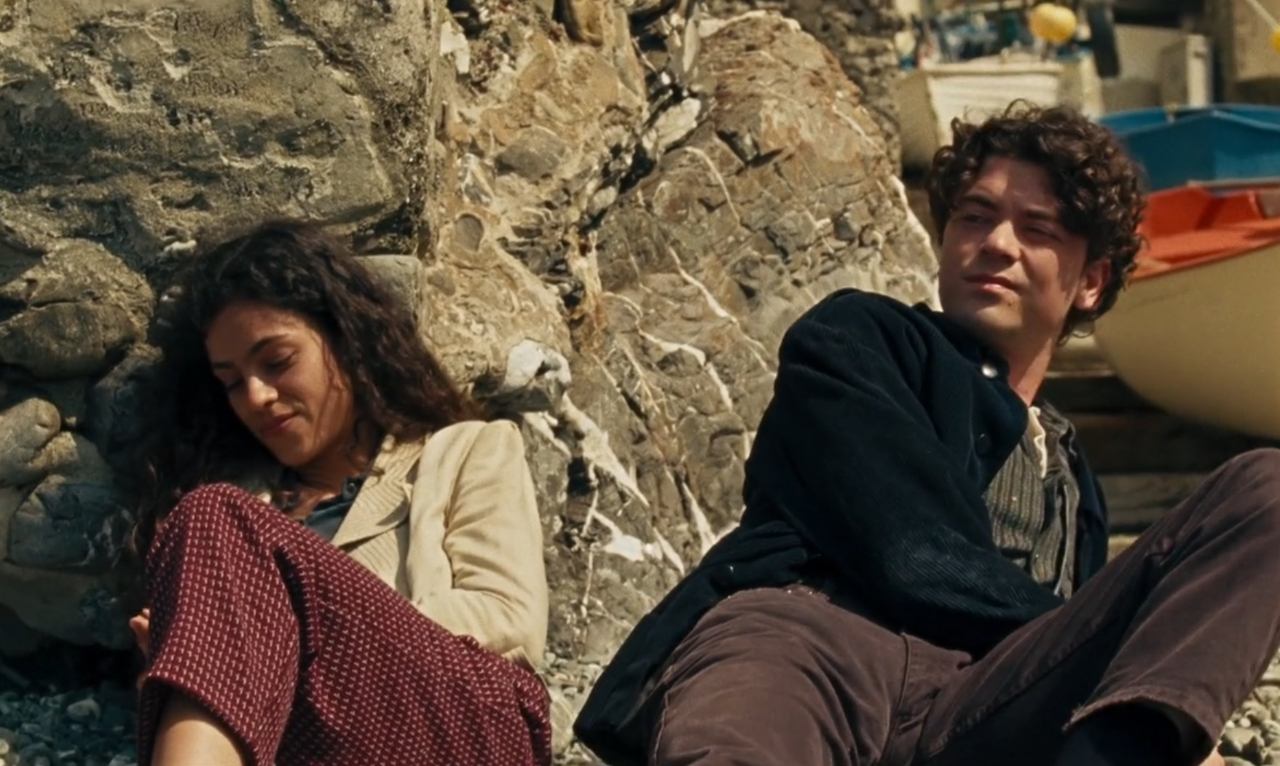
Sara Fgaier brings her debut feature Weightless (Sulla terra legerri) to Locarno, where it has premiered in competition. It follows Gian (Andrea Renzi), an ageing man with amnesia who seeks to address the loss of his first love. Gian’s daughter and grandson arrive to live with him while he navigates his grief. As an editor and producer, Fgaier previously collaborated with the filmmaker Pietro Marcello. Her short film The Years (2018) won a European Film Award.
How did you conceive of the idea for the film?
It was a very free process. The initial idea was to make a documentary on the Sardinian carnival, which is very different from carnivals in other regions of Italy. It’s a collective ritual that has a lot to do with death, loss and mourning: the way they dress in black; the man who symbolises the cycle of life with death and rebirth; and the history connected to that. The idea that I had afterwards was to use a voiceover. I had made a short film, a free adaptation of Annie Ernaux’s book The Years. I put together this short film with passages from the book, which I underlined because they were important to me and Sabrina Cusano, the co-writer of Weightless. This process gave us the idea of having three different points of view for the film’s narration: him, her, us.
Can you talk more about the multiple narrative strands in Weightless?
The idea was to create this magical collage that blended into just one voice, so we devoted a lot of time to preparation. We processed the work in the archive in exactly the same way. These were footage and images that I retrieved over time. I also read Julian Barnes’ book Levels of Life (2013), which deeply impressed me. I read it four times in the space of only a few months, and I read it again while going to London to accompany my short film The Years. I realised that the first half of that book, when Barnes talks about the loss of his wife, had to do with something that we all experience. The possibility of joining together two things that normally don’t go in pairs, and, as a result, the outcome is something completely different. The world can change if you put together two things that were not associated before.
How did this conceptual approach develop into the making of the film?
We decided to develop the project starting from the Sardinian carnival, which fascinated me because it’s something that we can experience on a collective and an individual level. The route of these traditions exists in North African countries like Tunisia, where the spirit is to be completely free. What was important was to restructure the space and the time of situations and characters: to somehow create a parallel between their experiences and the primal needs of the human being. We experience moments where we try to know ourselves and become bigger than life. When we started, I carried out a lot of research. In dreams, you can be at the same time in London or in Rome, you can be old and young, but love is always as powerful and true as real life. In life, there is always a seizure between before and after, so it was a constant process of relocation, as you must relocate yourself when life is ahead of you.
You mention Julian Barnes’s book, which gives a literary form to grief. Can you talk about the combination of narrative fiction and archive footage in the film?
What was fascinating for me about Barnes’ book is the structure: it is divided into three parts, and the last part, which is the one about the loss, is really excruciating and very sad. What mesmerised me was this very peculiar form. I’ve always liked to mix different materials and footage, and it was very important to create a connection between new shots and archived images. This gave the impression that the story was situated in a limbo, which mirrors the mental state of the protagonist [Gian] who has lost his memory. It’s suspended out of time in the beginning; therefore, it was very delicate in the editing stage to give flesh to the transition process. I wanted my own images to give the impression of archival images. Slowly, these images emerge from when Gian has the first spontaneous memory of his past. From that point onwards, the archival footage tends to disappear as Gian becomes the protagonist of his own life again. I believe that is an experience that we can all identify with.
The experience of loss?
We all experience loss. We know that when we lose someone, when someone dies, it’s a whole world that disappears for us. It’s a chunk of our life and a way to love and experience the world. It was important to visually reproduce the relationship between memory and love, which is deeply connected because love is what connects us to ourselves. Gian experiences this when he remembers the love he had. When he finds love again, he’s able to find himself.
Gian is an ethnomusicologist. How do ethnography and music feed into your filmmaking?
It was very important when I realised that the protagonist of my film was a man who had lost his memory. I immediately thought that he had to be a musician. I was also influenced by my reading of Oliver Sacks: the relationship between memory and music is so strong. Music opens a way for us to release and free emotions. The fact Gian is a musicologist is strictly connected to the rituals that you see in the film. Gian at the beginning of the film is so obsessed with the stories of Tunisia and Indonesia that it makes me feel uneasy. He’s fighting because he’s unable to remember his love that he feels has been stolen from him. As he cannot remember this love, which everyone describes as so powerful and beautiful, he’s almost in conflict with himself as a young man. He’s lost in his mind, and this is why there’s a shift in perspective and it’s his lost love talking.
How do you try to show the character’s transformation?
There’s a dialogue that Gian starts with an invisible entity. When he finds the possibility of magical thinking, he realises that he has a very powerful weapon to retrieve what he believed was lost. When he succeeds in doing it, he’s almost entering the tunnel. It was important to parallel his journey with the collective rituals of the Sardinian carnival, because of all of the daring of that ceremony to stage what is normally considered taboo. It’s a process of loss and finding love again, and that’s when he’s finally at peace with himself. It’s true that dead people are not dead: we keep on remembering them through their gestures, their ways of talking, their ways of behaving. It’s a way to elicit the memory that keeps people alive. My daughter has never met her grandfather, but I talked to her so much that she’s under the impression that she met him.
You’ve talked about a distinction between recreating and discovering the past. Can you elaborate on this point?
It was very important for me: the fact that Gian is not trying to reconstruct his story and his past. He’s discovering it and in the same position as us, the viewer. The questions that he’s asking himself are exactly the same questions that we are asking. The possibility is for him to disappear and recreate these possibilities, which is what we do while watching the film.
Joseph Owen
Weightless does not have a release date yet.

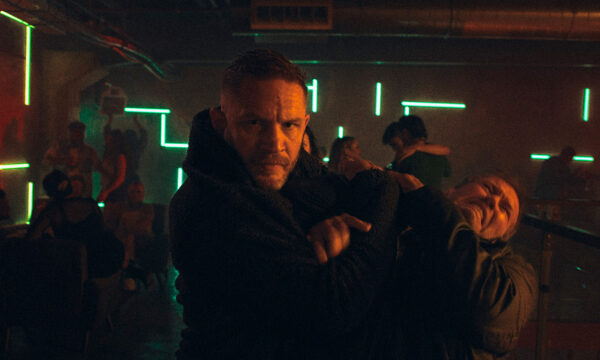
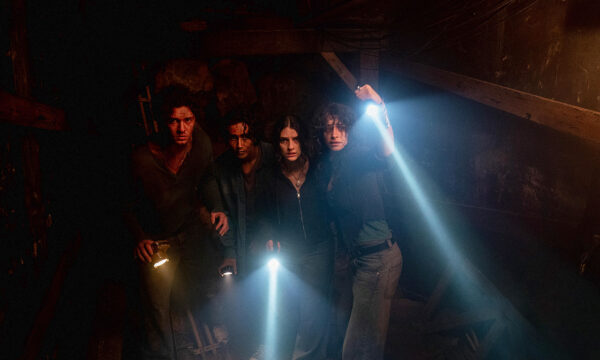
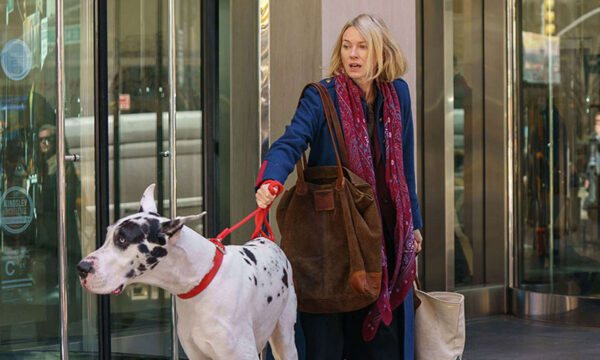
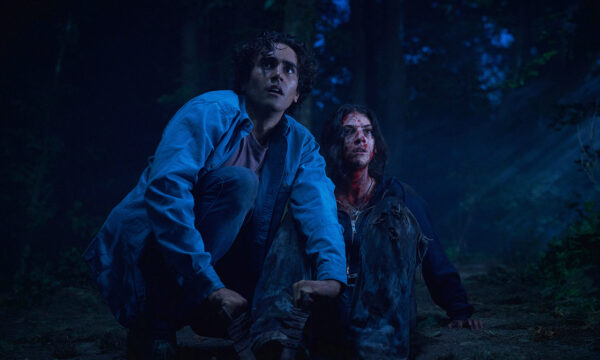
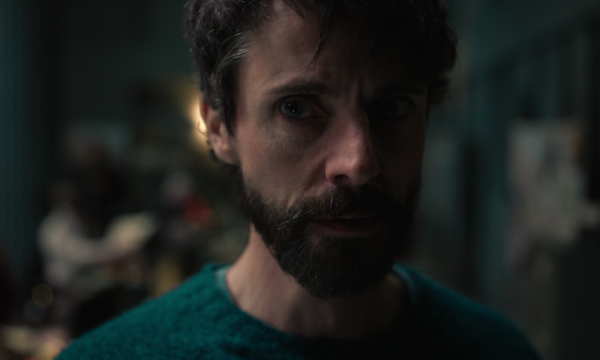
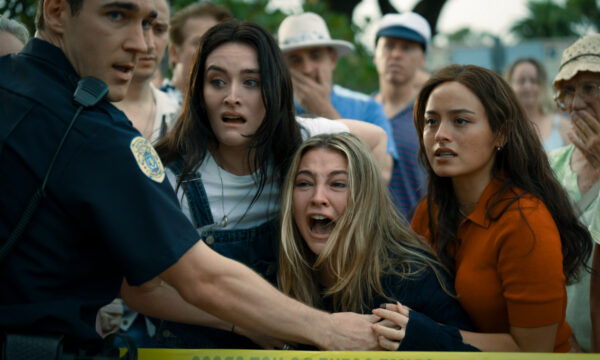
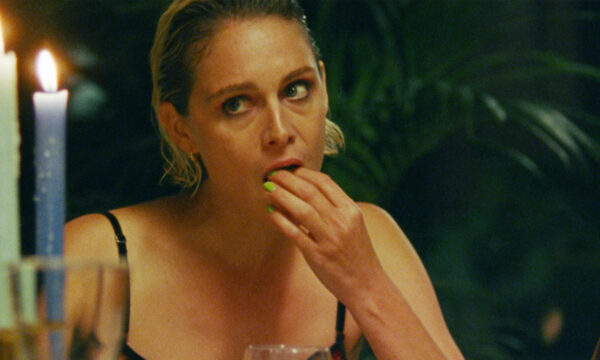
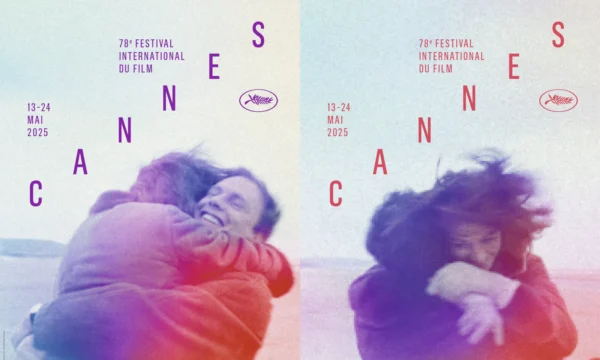
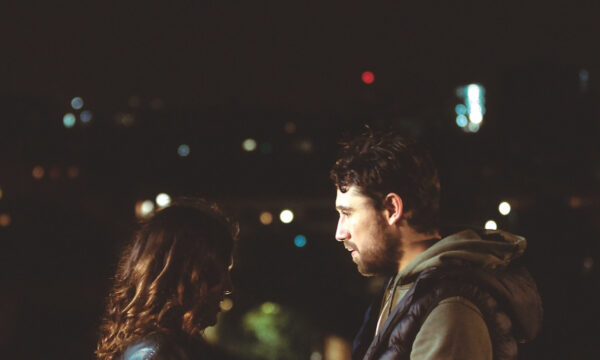














Facebook
Twitter
Instagram
YouTube
RSS